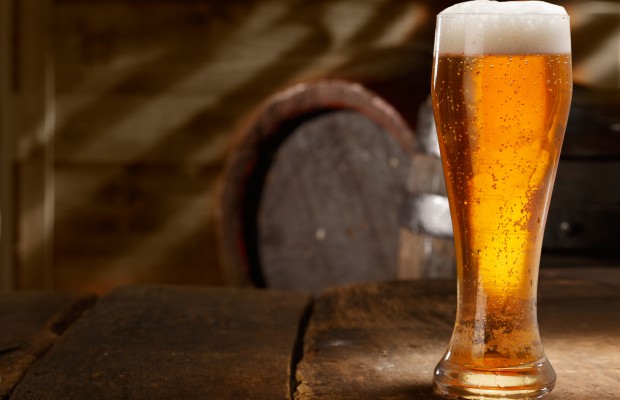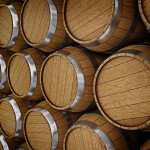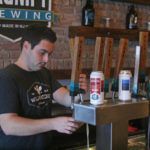The Ins and Outs of Cellaring Beer

Wine and various spirits can often be cellared for years or even decades at a time, instilling all sorts of intriguing characteristics and mature complexities to an already delicious concoction. But did you know that the same can be said for certain craft beers?
As the beer world has evolved, so too have the fruits of its labor. Thin, adjunct-laden lagers have been pushed out of the picture in favor of robust, strong-flavored ales that sometimes border on wine and spirit territory when it comes to ABVs. With these high-gravity, high-flavor beers comes an opportunity to treat them like a good wine – leaving them in a cool, dark spot for years at a time allows for drinkers to see which flavors subside, and which ones meld into a harmonious profile on the palate.
Not all beers, however, are worthy of being stashed in your closet ‘til your next milestone birthday. A couple considerations must be made before deeming your highly-sought-after swill cellarworthy.
Beer Style
Depending on the style of beer, aging it in a cool cellar can be beneficial or disastrous. Heavy, malt-forward styles such as Russian imperial stouts and barleywines are ideal for aging – some of the harsh, bitter fusel notes in these beers mellow out with age, allowing the caramel, chocolate backbone shine through. Conversely, those lighter in malts and heavy on hops are best consumed fresh – beers such as India pale ales fall off in flavor considerably with age, due to the volatility of flavor compounds in hop oils.
Alcohol by Volume
Generally, beers ideal for aging are high in alcohol content. Anything higher than 9 or 10% ABV is greatly preferred, as stronger beers have more extreme, in-your-face flavor profiles. As the years go by, these often-harsh profiles mellow out and meld into a more complex, subtle note with a more delicate, refined finish.
Barrel-Aging
It’s becoming more and more common these days to set aside beers that have already been aged in used liquor barrels. While exceptional barrel-aged stouts and barleywines are impeccable fresh, a good amount of barrel-aged beers on shelves could do with a bit of time in a cool dark place. This is because they tend to take in a little too much of the bourbon, brandy, rum or whatever liquor was in the barrel, imparting a highly alcoholic hot note that can affect drinkability adversely. Aging a harsh, hot beer like that can allow the alcohol notes to mellow out, improving drinkability and highlighting the barrel notes without being too in-your-face.
Extra Additions to Beer
Adjuncts – additional ingredients added to beer – are all the rage these days, as breweries try to differentiate themselves from the rest of the pack. While beers brewed with adjuncts can be tasty, unforgettable treats, for the most part they don’t do all that well in a cellar. Spice adjuncts such as cinnamon and vanilla fade quickly, fruit additions tend to make flavor profiles muddled as time passes, and coffee in beer has the odd effect of imparting a spicy, green pepper-like note as the years go on. If you end up with a bottle of beer that sounds more like a dessert than a beverage, it’s probably best to drink it soon.
Wild Yeasts
A good portion of these rules get thrown out of the window when it comes to spontaneously fermented beer, otherwise known as “wild” ales. Beers such as Belgian strong ales, lambics, and American wild ales are brewed with wild yeasts that remain active in the bottle, creating an alcoholic beverage that’s essentially alive. Over time, the natural yeasts in the beer thrive in the liquid, constantly working and churning out the flavor compounds which impart the unique “wild” flavor to these beverages. The result is a beer that, over time, can get more funky and more complicated, like a cheese aged for years in a damp location.
Pro-tip: Experiment for Yourself
Don’t think that all these considerations are strict rules you must follow in order to enjoy a beer cellar. Ultimately, you are the one who decides what should be cellared – so do some experimentation yourself. There’s no harm in sticking that 9% imperial IPA in the closet, or sticking that blueberry Berliner weisse in the fridge to see how it fares in six months. If you can’t have fun with your beer, what’s the point of participating in this hobby anyway?
















